Search
Search Results
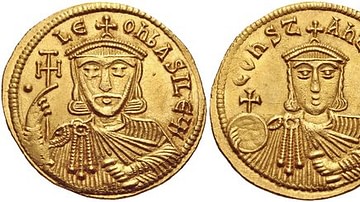
Image
Leo V the Armenian
A gold solidus (nomisma) coin of Byzantine emperor Leo V the Armenian (r. 813-820 CE). The reverse side shows his son Constantine. (Classical Numismatic Group, Inc. http://www.cngcoins.com)
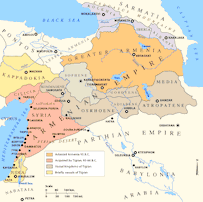
Definition
Tigranocerta
Tigranocerta (Tigranakert) was a city in the southwest of ancient Armenia founded and made capital by Tigranes the Great in 83 BCE. Famous for its riches and fine buildings, as well as its mix of Hellenistic and Persian culture, the city...
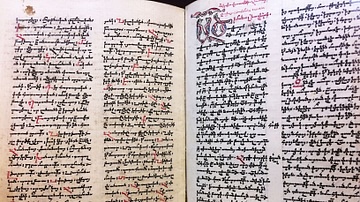
Image
Armenian Medical Book
This 14th century CE medical text is written in Armenian and is entitled "Passages of Works by Asclepiades, Democrates and Oribasius." This work is usually attributed to scribe Martiros who translated documents from ancient Greek into Armenian...
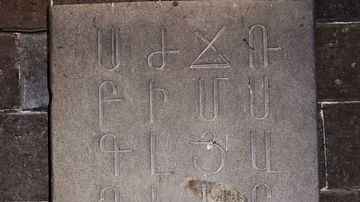
Image
Monument to Armenian Alphabet at Oshakan
Mesrop Mashtots (c. 362-440 CE) is credited with the creation of the Armenian alphabet around 405 CE. Originally, the Armenian alphabet had 36 letters, but it presently has 39. It is read from left to right, and it is one of the older alphabetic...
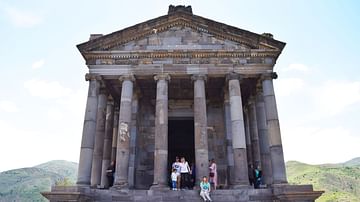
Definition
Tiridates I of Armenia
Tiridates I (Trdat I) ruled as the king of Armenia from 63 to either 75 or 88 CE). Considered the founder of the Arsacid dynasty proper, his reign got off to a rocky start with invasions from Rome and Parthia but, once crowned in a lavish...
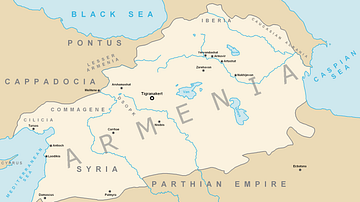
Image
Tigranes the Great's Armenian Empire
A map showing the extent of the Armenian Empire under the Artaxiad ruler Tigranes the Great (r. c. 95 - c. 56 BCE)
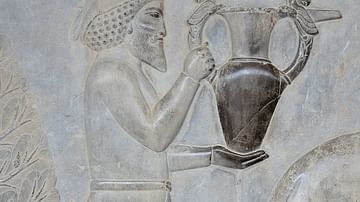
Image
Armenian Tribute Bearer from Persepolis
Relief on the southern wall of the east stairway of the Apadana in Persepolis depicting an Armenian tribute bearer carrying a metal vessel with Homa (griffin) handles. 5th century BCE.
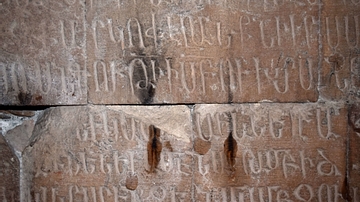
Image
Armenian Inscriptions in Surb Karapet Church
These Armenian Inscriptions in Noravank Monastery's Surb Karapet Church date from the Middle Ages.
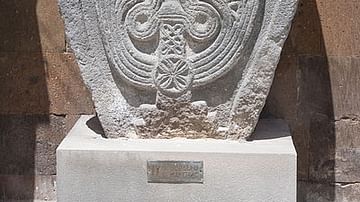
Image
Armenian Cross-stone, Vagharshapat
A memorial Armenian cross-stone or khachkar, Vagharshapat, Armenia. 10th century CE.
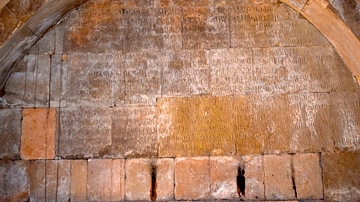
Image
Armenian Inscription in Surb Karapet Church
This decorative inscription in medieval Armenian can be found inside the Surb Karapet Church, which forms part of Armenia's celebrated Noravank Monastery.